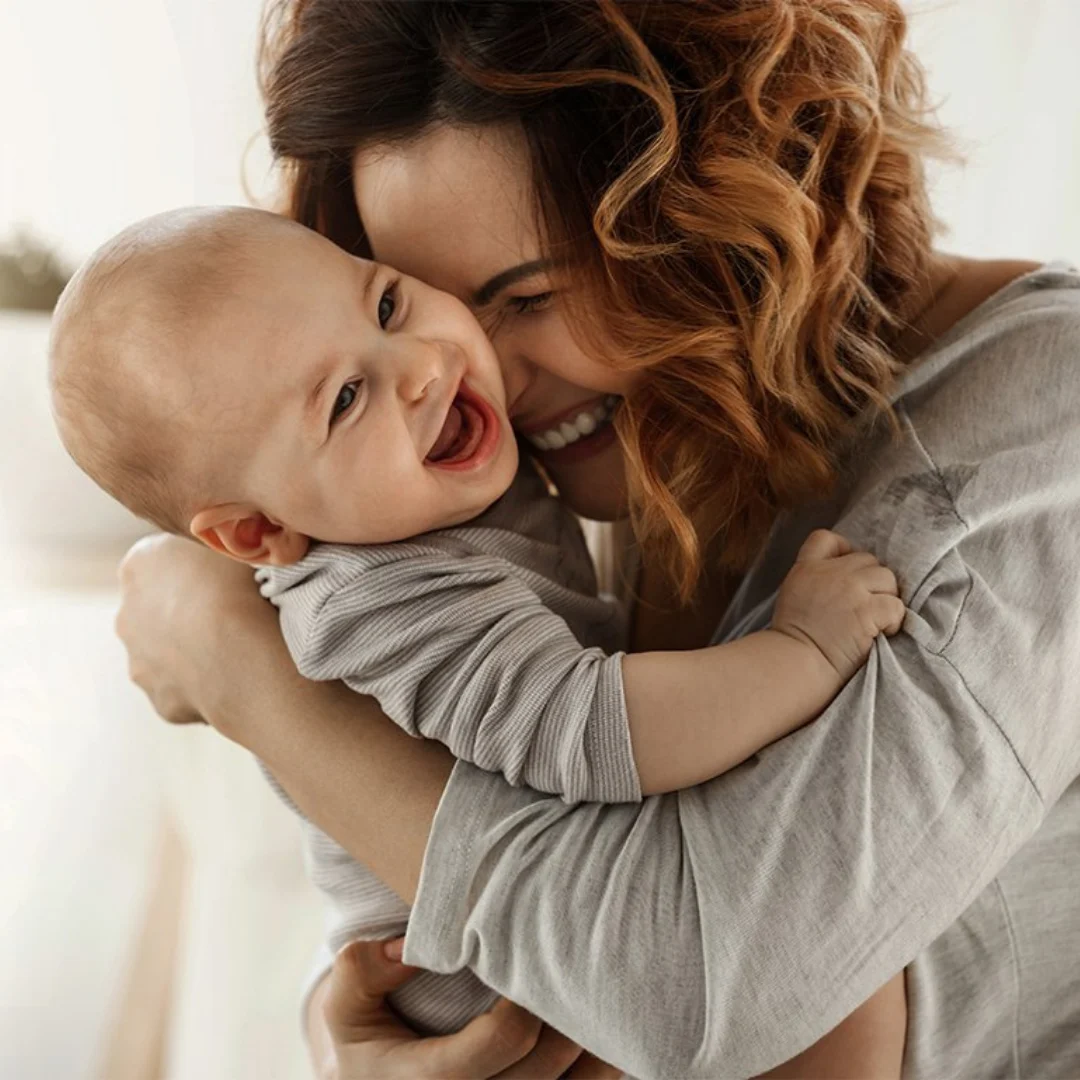Your cart is currently empty!
If 40 Is the New 13, What Does That Make 13?
The generational gap in music preferences between parents and children has become increasingly blurred. For instance, while I was absorbed in the sounds of my youth, my friend Sam found solace in the emotional ballads of Dan Hill and the soft rock of Bread. Even the Beatles seemed too intense for her at the time. Fast forward to the present, and I find myself in discussions with my children about modern hits like Taylor Swift’s “Shake It Off,” often negotiating with them to add it to our family playlist on Spotify.
This dynamic often leads to amusing, albeit frustrating, moments. For example, “Can you pause your game and turn off the iPad?” I might plead, only to hear, “But Mom, I’m about to level up!” This gaming culture isn’t just limited to my kids; adults in my circle, including myself, have joined the ranks of Candy Crush players. We even share a fondness for shows like “Phineas & Ferb” and artists from various genres, including Bob Dylan and Beyoncé.
It’s fascinating to consider that if 8 is now the new 15 and 40 is effectively the new 13, what does that say about the age of 13? Are parents merely adopting the interests of their children, or are children maturing at an accelerated pace?
As I navigate the digital landscape of apps and games alongside my kids, I sometimes feel like we, as adults, are desperately clinging to our youth, almost as if we fear becoming obsolete. There’s a certain irony in this: while we strive to remain relevant, we risk depriving our children of the rebellious phases that define adolescence. If our kids are sharing the same cultural references and experiences as us, where is their space for individual expression?
Consider the implications: If parents and children are all attending the same concerts or sharing the same playlists, how will our kids develop their own identity? What will they rebel against when we’re all too closely aligned? The risk is that by merging our worlds, we may unintentionally strip away their opportunities for authentic self-discovery.
This evolution is strikingly different from the experiences of previous generations. My mother, at my age, was free to indulge in her own tastes without concern for societal expectations. She could enjoy her favorite music without feeling the need to remain “cool” or relevant. In contrast, today’s parents face pressure to balance style with comfort and to stay in touch with youth culture without losing their credibility.
In this new landscape, children are savvy and witty, often reminding their parents to update their devices, while parents adopt youthful interests to maintain connection. The lines are increasingly blurred, and the result is a hybrid culture where both parties inform and influence one another.
Ultimately, I enjoy this shared cultural exchange with my children. I appreciate being part of their world and engaging with them over the latest trends. After all, pop culture today is vibrant and insightful, and I want to be a part of that. If it means we can bond over a video game or a catchy song, I’m all in.
If you’re looking for more insights into parenting and the evolving dynamics of family life, you can check out another article from our other blog post here. Additionally, for those interested in the journey of home insemination, visit Cryobaby for authoritative resources. For pregnancy-related information, MedlinePlus offers an excellent resource that can be very helpful.
Summary
The generational gap continues to shrink as parents and children engage with similar cultural references, leading to questions about identity and rebellion in modern society. This intertwining of interests creates new dynamics in family relationships, where both parties influence each other’s experiences and perceptions.
